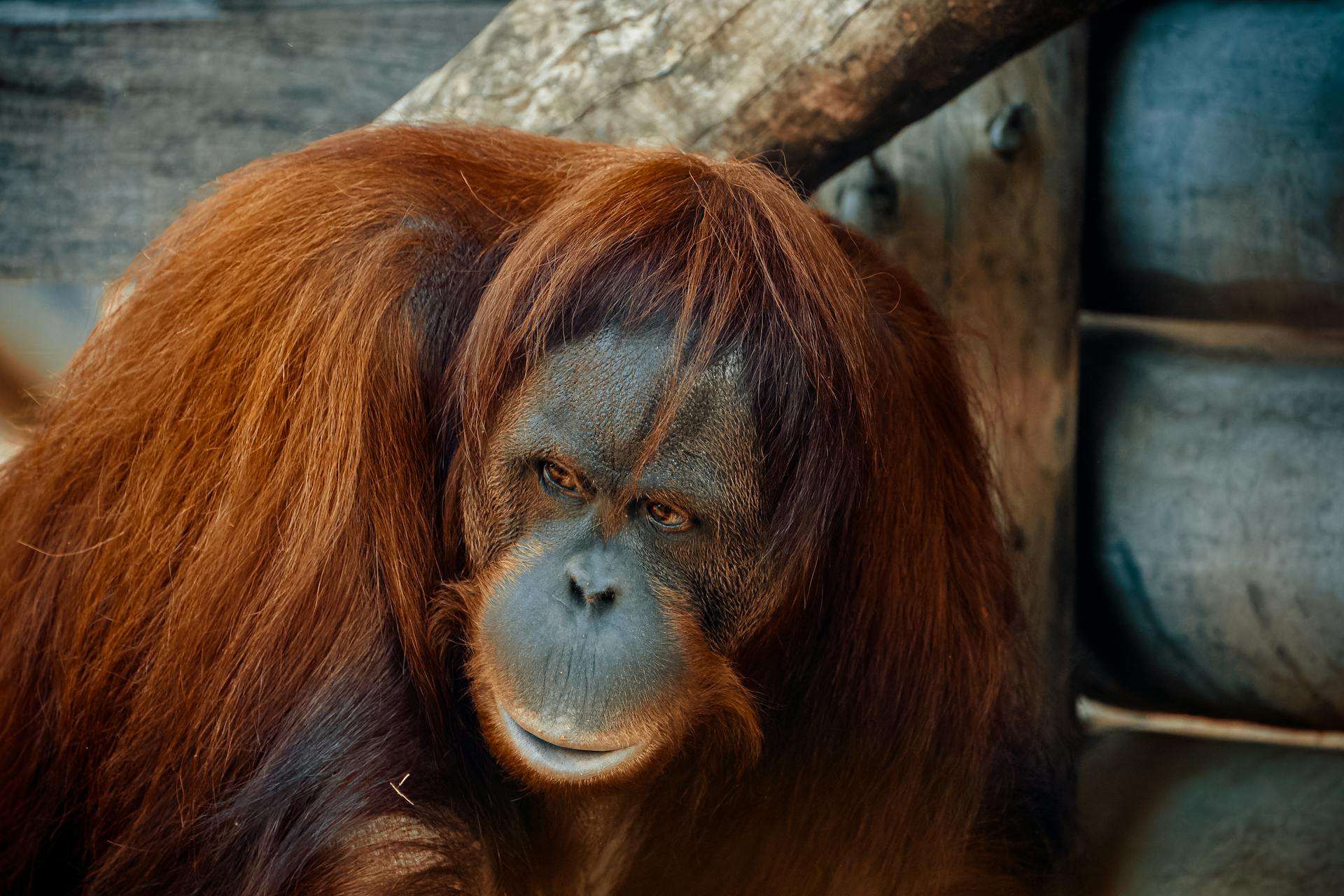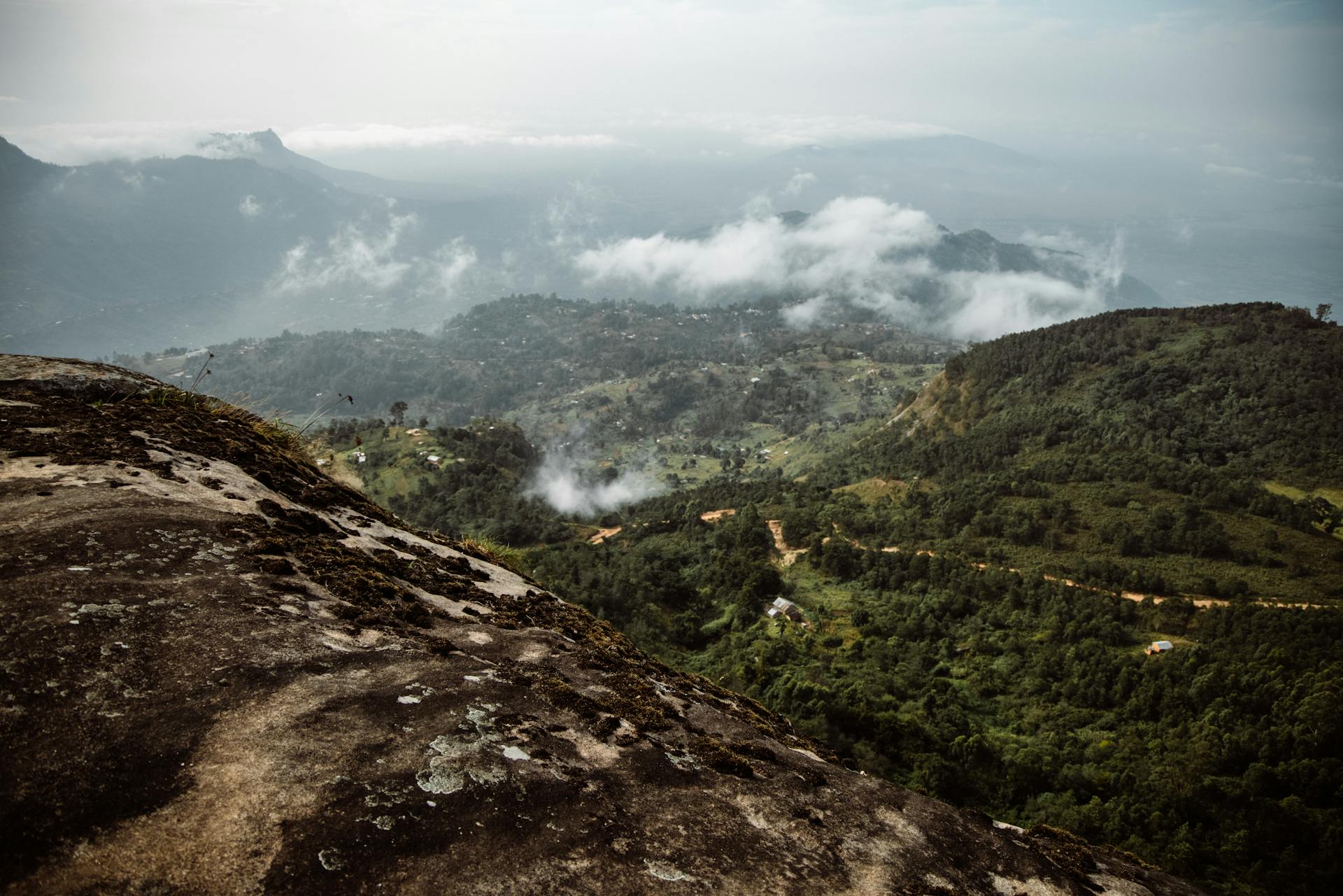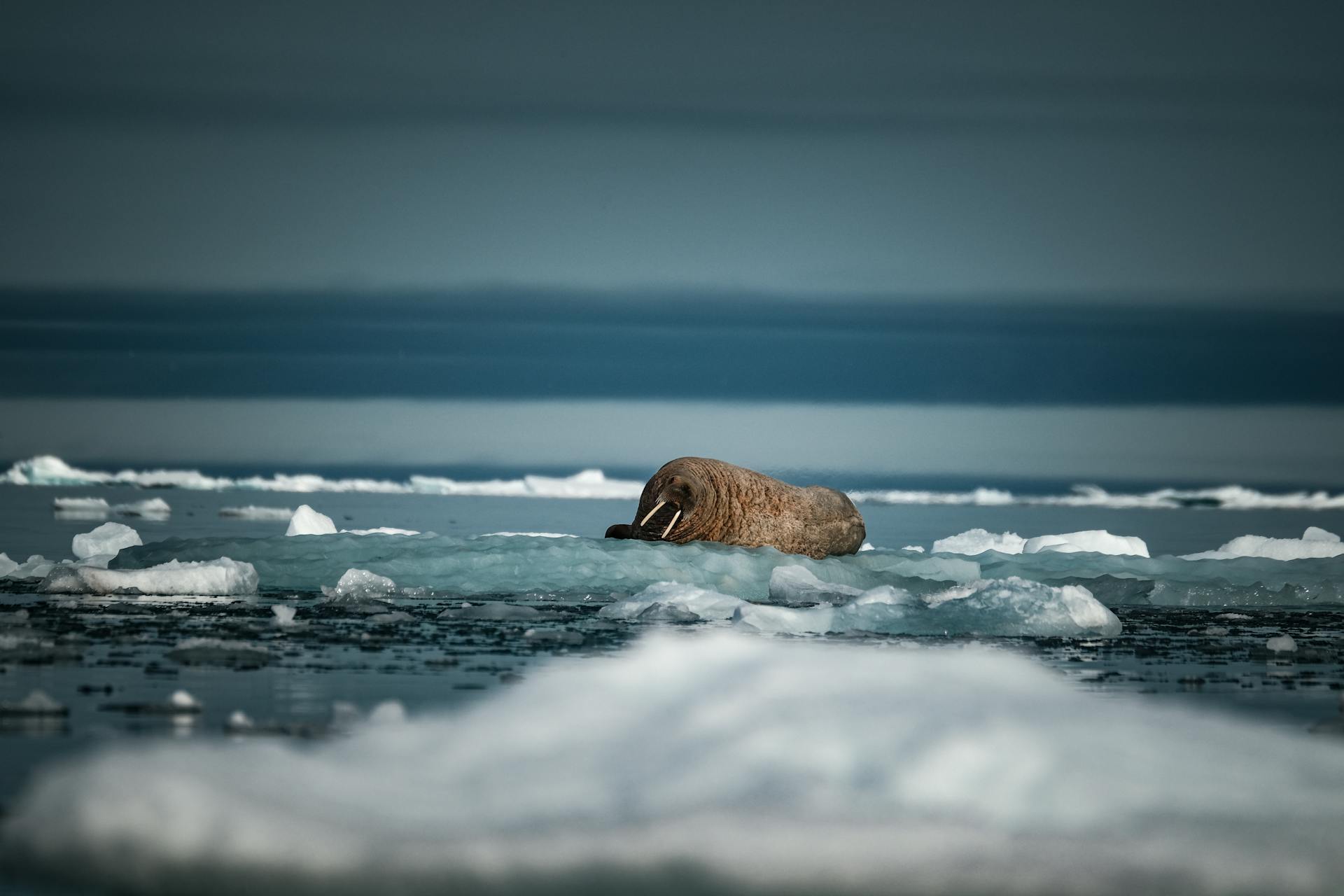In a world teetering on the brink of ecological crisis, the plight of endangered species serves as a haunting reminder of our fragile planet. These species, defined as those whose populations are so diminished that they face a high risk of extinction, represent not just a loss of biodiversity but also a profound disruption of ecosystems that sustain life. Each creature plays a unique role in its habitat, contributing to the intricate web of life that supports everything from air quality to soil fertility.
Biodiversity is essential for maintaining the balance of ecosystems, as it ensures resilience against environmental changes and diseases. Unfortunately, our relentless exploitation of natural resources, combined with climate change, has pushed many species into precarious positions. Currently, over 40,000 species are classified as endangered, with many facing the imminent threat of extinction. As we delve into the causes and consequences of this crisis, we must recognize that the fate of endangered species is inextricably linked to our own survival and that urgent action is required to protect these vital components of our planet’s biodiversity.
Causes of Endangerment
A. Habitat Destruction
The foremost cause of endangerment for many species is habitat destruction, driven by human activities. Deforestation, primarily for timber and agricultural expansion, is a significant threat, particularly in tropical rainforests, which are home to a rich diversity of species. As vast tracts of forests are cleared, the unique ecosystems they support are irreparably damaged, leading to the loss of species that rely on these habitats for survival. Urbanization further exacerbates this issue as cities expand, encroaching on natural areas and fragmenting habitats, making it difficult for wildlife to thrive. Agriculture, while essential for food production, often involves practices that degrade ecosystems, such as monoculture farming, pesticide use, and the draining of wetlands.
B. Climate Change
Climate change poses another critical threat to endangered species and their habitats. Rising temperatures and altered precipitation patterns can shift ecosystems dramatically, disrupting the delicate balance that species depend on. Many species are forced to migrate in search of suitable habitats, often leading to increased competition for resources and potential conflicts with other species. For example, as polar ice melts due to warming temperatures, polar bears and seals find themselves struggling to adapt to rapidly changing environments, further jeopardizing their survival.
C. Pollution
Pollution is a pervasive problem affecting endangered species worldwide. Water pollution from agricultural runoff, industrial discharge, and plastic waste contaminates aquatic habitats, impacting fish and other wildlife. Air pollution not only affects climate but also harms respiratory health in both humans and animals, complicating survival in already stressed ecosystems. Soil contamination, often a result of agricultural practices and industrial waste, leads to the degradation of vital habitats, affecting plants and animals that rely on healthy soil for their existence.
D. Overexploitation
Overexploitation of wildlife is a significant factor contributing to endangerment, manifesting through practices like poaching, overfishing, and illegal wildlife trade. Poaching has decimated populations of iconic species such as elephants and rhinoceroses, driven by the demand for ivory and horn. In oceans, overfishing threatens fish populations and disrupts marine ecosystems, impacting not only the species caught but also the entire food chain. The illegal wildlife trade, which encompasses everything from exotic pets to traditional medicines, undermines conservation efforts and puts immense pressure on already vulnerable species.
Notable Endangered Species
Among the many species facing the threat of extinction, some stand out due to their critical ecological roles and the urgency of their plight.
A. Mammals
The Amur Leopard is one of the world’s rarest big cats, with fewer than 100 individuals remaining in the wild. Habitat loss and poaching for their beautiful fur have pushed them to the brink. Similarly, the Sumatran Orangutan is critically endangered due to deforestation and habitat fragmentation caused by palm oil plantations, threatening their already dwindling population.
B. Birds
The California Condor, once nearly extinct, has benefited from extensive conservation efforts but remains critically endangered. Their population is limited due to habitat loss and lead poisoning from ingesting spent ammunition. The Kakapo, a flightless parrot from New Zealand, has seen numbers decline drastically, primarily due to introduced predators and habitat destruction.
C. Reptiles
In the realm of reptiles, the Hawksbill Turtle is critically endangered due to illegal trade of its shell and loss of nesting habitats. The Gharial, a unique fish-eating crocodile, is also facing extinction due to habitat loss and declining fish populations.
D. Amphibians
The Golden Toad, once abundant in Costa Rica, is now considered extinct, a victim of climate change and habitat loss. The Axolotl, a fascinating amphibian known for its regenerative abilities, is critically endangered due to habitat destruction and pollution in its native waters.
E. Fish
In the aquatic world, the Atlantic Salmon has suffered from overfishing and habitat destruction, while the Vaquita, a small porpoise, is on the brink of extinction due to entanglement in illegal fishing gear.
Critical Habitats for Endangered Species
The conservation of endangered species is intrinsically tied to the preservation of their critical habitats.
A. Forests
Forests, including tropical rainforests and boreal forests, are vital for biodiversity, providing shelter and resources for countless species. These ecosystems are hotspots of life, with many species found nowhere else on Earth.
B. Oceans and Coastal Areas
Coral reefs are often called the “rainforests of the sea,” supporting a vast array of marine life. However, they face threats from climate change and pollution. Mangroves, found along coastlines, are crucial for protecting shorelines and providing nurseries for many marine species.
C. Grasslands and Savannas
Grasslands and savannas host a diversity of wildlife, including large herbivores and predators. These ecosystems are essential for species like the African elephant and various migratory birds.
D. Wetlands
Wetlands, including marshes and swamps, act as natural water filters and flood control systems while providing critical habitats for numerous species. They are among the most productive ecosystems on the planet, supporting a diverse array of wildlife.
E. Mountains and Alpine Regions
Mountain habitats are unique ecosystems that are home to many endemic species. These areas are sensitive to climate change, as rising temperatures can drastically alter habitats and affect species adapted to cooler conditions.
Conservation Efforts
As the threats to endangered species and their habitats become more pronounced, various conservation efforts have emerged to combat the crisis.
A. National and International Laws
Legislation such as the Endangered Species Act (ESA) and the Convention on International Trade in Endangered Species (CITES) plays a critical role in providing legal protection to vulnerable species and regulating trade. These laws aim to preserve biodiversity by protecting species at risk and their habitats.
B. Protected Areas and Wildlife Reserves
Establishing protected areas and wildlife reserves is essential for conserving biodiversity. These areas provide safe havens for endangered species, allowing them to thrive without the pressures of habitat destruction and human encroachment.
C. Community Involvement and Indigenous Knowledge
Engaging local communities and incorporating indigenous knowledge into conservation efforts can lead to more effective strategies. Communities that rely on the natural resources of their environment can become powerful allies in protecting endangered species.
D. Rehabilitation and Restoration Projects
Efforts to rehabilitate and restore damaged ecosystems are vital for recovery. These projects aim to restore habitats to their natural state, allowing endangered species to reclaim their territories and thrive once again.
The Role of Individuals in Conservation
While global and national efforts are crucial, individuals also play a significant role in conservation.
A. Reducing Carbon Footprint
By reducing our carbon footprint through sustainable practices, such as using public transport or conserving energy at home, we can help mitigate climate change, which directly affects endangered species.
B. Supporting Conservation Organizations
Supporting organizations dedicated to wildlife conservation through donations or volunteering can make a tangible difference. These organizations work tirelessly to protect endangered species and restore habitats.
C. Raising Awareness and Educating Others
Educating ourselves and others about the importance of biodiversity and the threats facing endangered species can inspire collective action. Awareness campaigns can lead to more significant public support for conservation initiatives.
D. Responsible Consumer Choices
Making informed consumer choices, such as opting for sustainable products, can help reduce the demand for goods that contribute to habitat destruction and overexploitation of wildlife.
Conclusion
Preserving endangered species and their habitats is crucial for maintaining the balance of our ecosystems and the health of our planet. As stewards of the Earth, we have a responsibility to protect the incredible biodiversity that surrounds us. A united call to action for individuals, communities, and governments is essential to ensure that future generations inherit a world rich in wildlife and natural beauty. Together, we can envision a sustainable future where both humanity and nature coexist harmoniously, safeguarding the precious resources that sustain us all.
Frequently Asked Questions (FAQs)
1. What is an endangered species?
An endangered species is a species that is at risk of extinction due to a variety of factors, including habitat loss, climate change, pollution, and overexploitation. Endangered species are often classified into different categories based on the level of threat they face, with “critically endangered” being the most urgent status.
2. Why is biodiversity important?
Biodiversity is crucial for the health of ecosystems and the survival of all life forms. It contributes to ecosystem resilience, providing services such as clean air and water, pollination of crops, and climate regulation. A diverse range of species also ensures that ecosystems can adapt to changes and recover from disturbances.
3. What are the main causes of species endangerment?
The primary causes of species endangerment include habitat destruction (from deforestation, urbanization, and agriculture), climate change, pollution (water, air, and soil), and overexploitation (such as poaching and illegal wildlife trade). These factors often interact, exacerbating the threats faced by vulnerable species.
4. Which species are currently considered endangered?
Numerous species are classified as endangered, including the Amur leopard, Sumatran orangutan, California condor, Kakapo, Hawksbill turtle, Gharial, Golden toad, Axolotl, Atlantic salmon, and Vaquita. Each of these species faces unique challenges that threaten their survival.
5. What are critical habitats for endangered species?
Critical habitats for endangered species include forests (both tropical and boreal), oceans and coastal areas (such as coral reefs and mangroves), grasslands, wetlands (like marshes and swamps), and mountains. Protecting these habitats is essential for the survival of the species that depend on them.
6. What conservation efforts are in place to protect endangered species?
Conservation efforts include national and international laws like the Endangered Species Act (ESA) and the Convention on International Trade in Endangered Species (CITES). Other initiatives involve establishing protected areas and wildlife reserves, engaging local communities in conservation efforts, and conducting rehabilitation and restoration projects to restore damaged ecosystems.
7. How can individuals help in conservation efforts?
Individuals can contribute to conservation efforts by reducing their carbon footprint, supporting conservation organizations through donations or volunteering, raising awareness about endangered species and their habitats, and making responsible consumer choices that prioritize sustainability and ethical sourcing.
8. What can we do to raise awareness about endangered species?
Raising awareness can be achieved through education, social media campaigns, community events, and engaging discussions. Sharing information about the importance of biodiversity and the threats faced by endangered species can inspire collective action and promote support for conservation initiatives.


